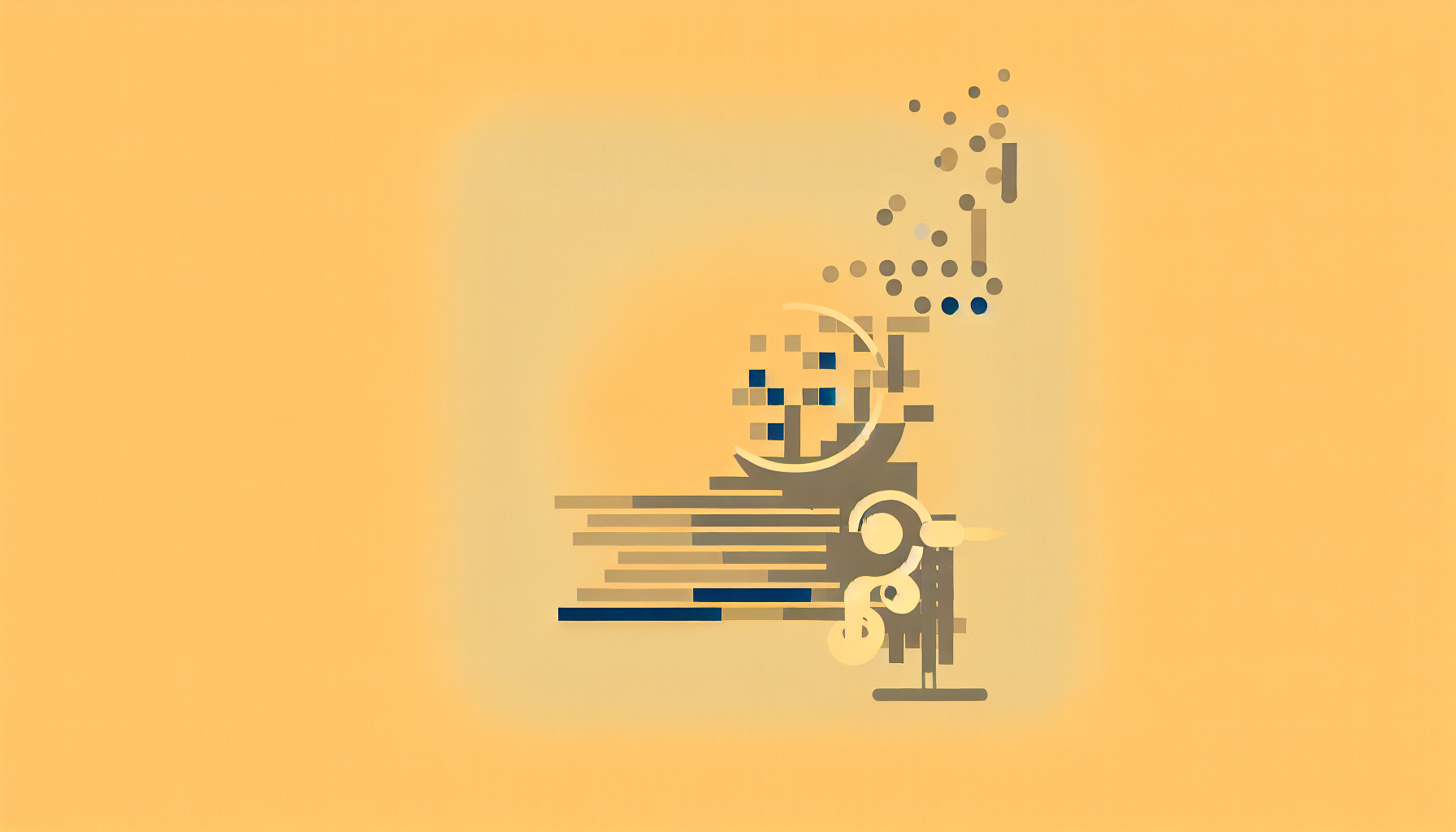Artificial Intelligence (AI) is making waves across numerous fields, but one of the most intriguing—and contentious—domains is art. Yes, that’s right. Machines are now creating paintings, music, and even poetry. It’s a captivating thought: a brush stroke here, a musical note there, all orchestrated by algorithms. But what does this mean for creativity, a fundamentally human trait?
Let’s dive into some of the ethical implications surrounding AI-generated art, questioning whether creativity without a soul is still creativity.
The Allure and the Skepticism
When the auction hammer fell, and a portrait created by an AI named “Edmond de Belamy” sold for over $400,000, the world took notice. Some marveled at the technical prowess, while others shook their heads in bewilderment and concern. Many asked, “Is this really art?”
First, we need to distinguish between the tool and the creator. Traditionally, humans utilized pencils, brushes, or musical instruments to channel their creativity. In the case of AI, the tool is the algorithm, and the creator is, well, debatable. Are the engineers and programmers the artists, or is the AI itself the artist? This question sits at the heart of the ethical conundrum.
The Question of Authenticity
Art has often been considered a window into the human soul. It captures our emotions, our thoughts, our unique perspectives. But what happens when the creator doesn’t have a soul? Can an artwork generated through lines of code embody authenticity and emotion?
Critics argue that AI-generated art lacks depth and context. While an algorithm can simulate thousands of brush strokes in an instant, it doesn’t experience joy, sorrow, or existential angst. It mimics style and patterns based on data fed to it but doesn’t understand the ‘why’ behind the strokes.
Intellectual Property and Ownership
Another ethical battlefield is the question of intellectual property. If an AI generates an artwork, who owns it? Is it the person who wrote the algorithm, the entity that owns the machine, or the AI itself? At present, legal systems worldwide are grappling with this.
Consider a scenario where AI generates a popular song. Does the credit go to the software engineers, or should the revenue be split among the data sources that ‘trained’ the AI? Since many AI models learn from a vast array of existing works, this implies the machine is a sort of parrot, mimicking what it has been exposed to.
The Impact on Human Artists
One pressing ethical concern is the impact on human artists. In a world where AI can churn out artwork more quickly and at a lower cost, will human creativity become undervalued? There’s a fear that AI could flood the market with mass-produced art, making it harder for genuine human artists to earn a living.
However, let’s inject a bit of optimism. AI could also become a collaborator rather than a rival. Think of it as a supercharged paintbrush or a musical instrument capable of exploring new realms of creativity that might be arduous for humans to traverse alone.
The Democratization of Art
There’s a silver lining to this cloud. AI-generated art has the potential to democratize the art world. With fewer barriers to entry, anyone with access to these technologies could create ‘art.’ This could usher in a new era of creativity, breaking down elitist structures within the art community.
Imagine a kid in a remote part of the world composing a symphony using AI. The possibilities are endlessly exciting and democratizing.
Responsibility and Regulation
With great (artistic) power comes great responsibility. How do we regulate the use of AI in art to ensure ethical standards are maintained? Should there be guidelines ensuring AI artworks are labeled as such? How do we prevent misuse, where AI-generated art is passed off as human work to deceive?
These are questions that society, policymakers, and tech companies must collaboratively address. A balance must be struck between innovation and ethical consideration.
Concluding Thoughts
AI-generated art sits at an intriguing intersection of technology and creativity. While it promises to break new ground and democratize art-making, it also raises serious ethical questions about authenticity, ownership, and impact on human artists.
Whether creativity must have a “soul” is still up for debate, but one thing is clear: AI is here to stay in the art world. As we navigate this new frontier, we must ensure that the ethical implications are carefully considered, so we don’t lose the essence of what makes art a fundamental part of the human experience.
In the end, whether we feel moved by a piece of art generated by man or machine, perhaps the true test lies in whether it can still stir our souls.

Leave a Reply